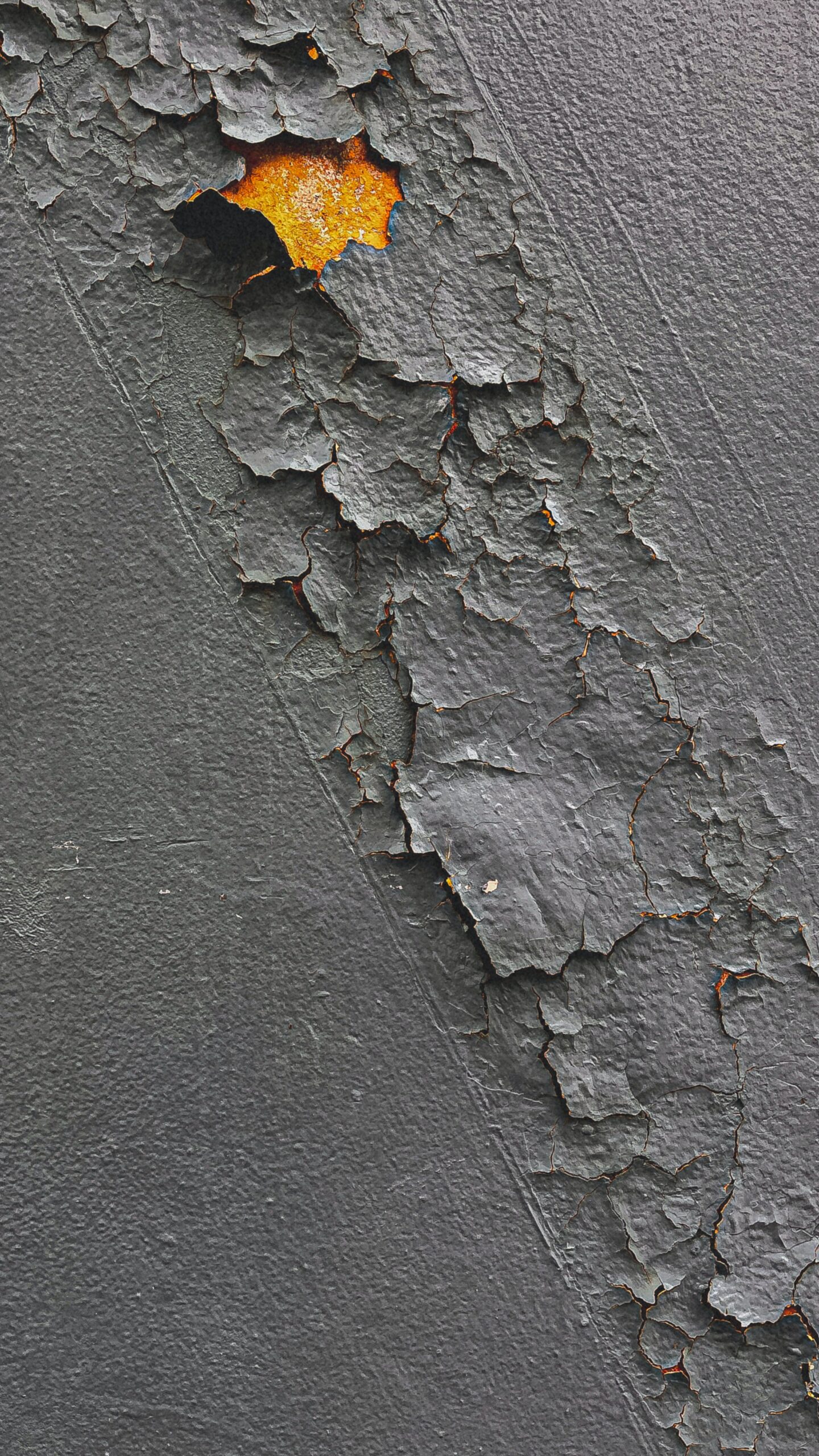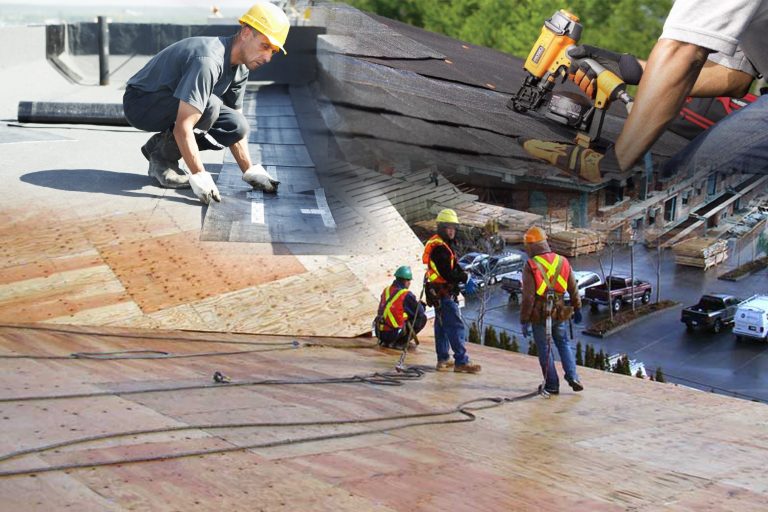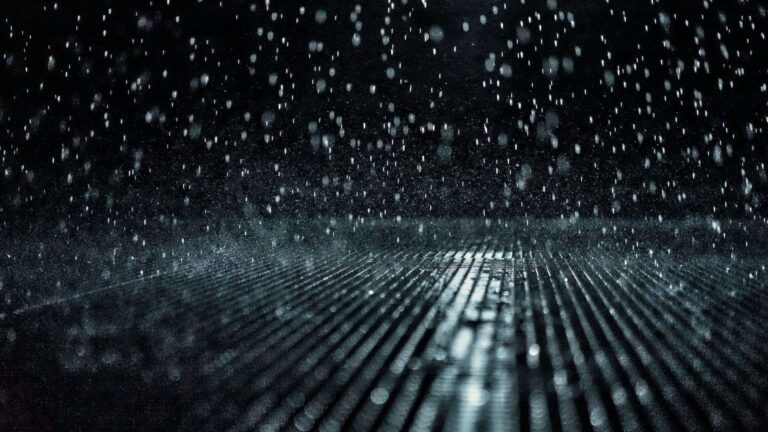Water Seepage: What It Is and How You Can Prevent It?
The most common and annoying problem homeowners face, especially during the monsoons, is damp walls and ceilings also known as water seepage, leading to wetness, sometimes even leakages in their homes. To ensure you safeguard your home against this, a few simple steps must be taken to keep tabs on this issue.
What Is Water Seepage?
Water seepage in homes is a common problem that can cause serious damage to your property. It is the process of water entering a home, either through the walls, floors, or ceiling, and various factors could cause this. This can lead to a variety of different damages, such as mould growth, rotting materials, and structural damage. The most common cause of water seepage in homes is a lack of proper waterproofing. This could be due to inadequate materials, such as an improperly installed roof or siding, or inadequate maintenance. Poorly sealed windows or doors can also lead to water seeping in.
If the home is in an area prone to flooding, then water seepage can be an even more serious issue. To stop water seepage in the home, it is crucial to identify the source of the problem and take steps to fix it. This could include ensuring proper waterproofing of the roof or siding or ensuring that windows and doors are properly sealed. In addition, adequate drainage should be installed around the house to ensure that water is diverted away from the house.
Signs Of Water Seepage
One of the most common signs of water seepage is the presence of water stains on walls, ceilings, and floors. These water stains may be due to condensation, water infiltration, or other sources of moisture. If water stains are present, it is important to determine the source of the water and address it accordingly. Another common sign of water seepage is the presence of mould or mildew. Mould and mildew can be present due to high levels of humidity, and they can cause serious health issues if left untreated. If mould or mildew is present, it is important to identify the source of the moisture and take steps to eliminate it. The presence of cracks in walls and ceilings may also be a sign of water seepage. If cracks are present, it is important to determine the source of the water and address it.
The presence of a musty smell is another indication of water seepage. This smell is usually due to the presence of mould or mildew, and it can be a sign that water has been seeping through walls or other parts of the building. Finally, the presence of bubbling or peeling paint is another sign of water seepage. Paint can become brittle and start to bubble or peel if it is exposed to excessive amounts of moisture. If bubbling or peeling paint is present, it is important to identify the source of the water and address it. Seepage can cause extensive damage if left unchecked, so it is important to be aware of the signs of water seepage.
Causes Of Water Seepage
The most common cause of water seepage is structural defects. For instance, walls, floors, and foundations that have been improperly constructed or damaged from age or shifting soil can allow water to seep in. Similarly, cracks in foundations or walls can provide a direct pathway for water to enter. In addition, water can be drawn in from the surrounding soil. Another cause of water seepage is plumbing problems. Leaky or burst pipes, clogged drains, and faulty valves allow water to escape into the surrounding area. In some cases, underground water mains can also cause seepage. In addition, water seepage can be caused by weather conditions, such as heavy rains or melting snow. Poorly sealed windows and doors can allow water to enter the building. In some cases, the soil around the building can absorb the water and cause it to seep through the walls or floor.
Finally, water seepage can be caused by improper landscaping. If the landscaping is not properly sloped away from the building, water can accumulate around the foundation and eventually seep in. Similarly, gutters and downspouts that are not properly connected or maintained can allow water to pool around the building.
Detrimental Effects Of Water Seepage
Water seepage can erode the soil and create instability. This can lead to structural damage, such as foundation failure or the collapse of walls and ceilings. Water seepage can also lead to mold and mildew growth, which can compromise the air quality and put residents at risk for respiratory illness. Water seepage can also cause electrical hazards. When water seeps into electrical wiring, it can cause a short-circuit and lead to potential fire or electrocution hazards. In some cases, water seepage can also lead to the growth of bacteria and other microorganisms, which can cause serious health issues. Water seepage can also cause water damage and costly repairs. When water seeps into walls, floors, and ceilings, it can cause staining and warping, resulting in costly repairs. In some cases, water seepage can also lead to flooding, which can cause even more costly damage.
Some ways to fix water seepage
- By fixing cracked walls
- By ensuring that the external walls and roof have been waterproofed
- By using a high-grade paint for the interiors of the home
- Making sure that the drainage system of your home is flawless
- By installing a damp-proof course
Additional Read: Roof Water Leakage Repair Method For Your Roofing Issues
How Can You Prevent Seepage?
You can take the following steps to reduce the chances of seepage in your home –
- Make sure that the humidity inside the home is kept to a minimum
- Limit the amount of steam produced in the kitchen
- Maintain the temperature inside the home
- Make sure you have the appropriate window frame inclination
- Make use of your exhaust fans in the kitchen and washrooms
- Consult a professional who can help you prevent seepage
Frequently asked questions –
Q- Does ventilation prevent seepage in walls?
A- Ventilation does not directly prevent seepage in walls. However, it does help to reduce the amount of moisture in the air which can contribute to seepage. Poor ventilation can lead to a buildup of excess moisture, which can cause walls to become damp and eventually cause seepage. By having adequate ventilation, the air is regularly exchanged, and humidity is kept at a healthy level which can reduce the chances of seepage. Additionally, proper ventilation can help reduce the chances of mould and mildew, which can also contribute to seepage in walls.
Q- What treatments can be implemented to treat seepage before repainting?
A- You can do the following –
- Apply a waterproof membrane to the surface.
- Use a primer coat on the surface.
- Install sealant around the edges of the affected area.
- Fill any cracks with a water-resistant compound.
- Install a poly sheeting barrier to divert water away from the area.
- Ensure that any downspouts or gutters are draining away from the area.
- Fill any low-lying areas with gravel to allow drainage.
- Caulk any cracks or crevices.
- Clean the surface with a damp cloth and detergent.
- Sand down any uneven areas.
About NASAX(S) ROOFING CONSTRUCTION
Singapore Roofing Specialist
NASAX is the leading roofing contractor in Singapore. Our company undertakes roofing and repair projects for all residential, commercial, industrial projects and all areas of Renovations/A&A, Rebuilding of Landed Residential Houses in Singapore.
We specialise in roofing, re-roofing, leak repairs on roofs or gutters, grouting services around pools, and solar roofing technology.
Additional Read: Advancements in roofing technology for your next house







